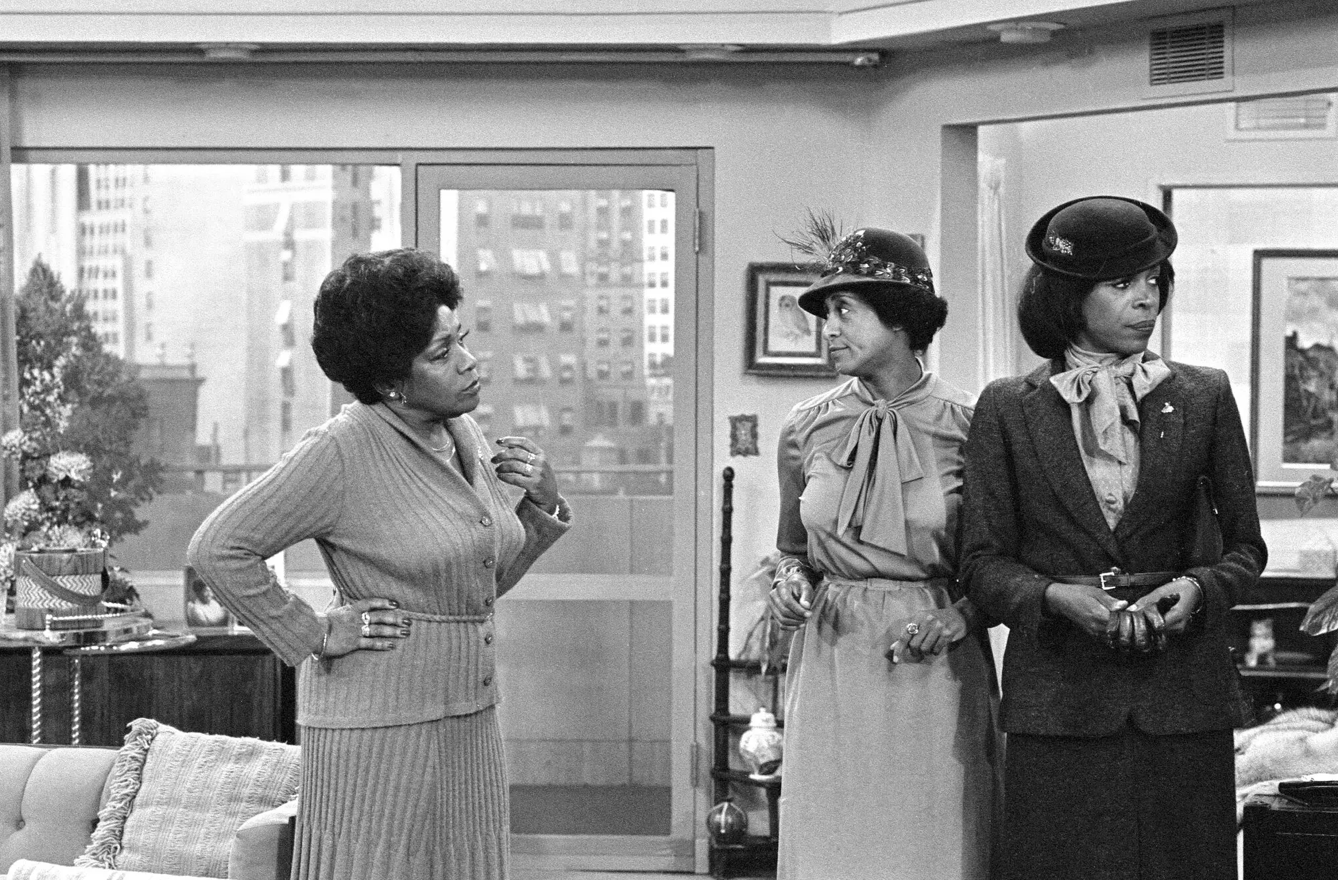Dec. 7, Rhonda Garelick, distinguished professor of English and journalism at SMU Dallas, for a column about the shows created by the late Norman Lear that celebrated everyday women. Published in Garelick’s Face Forward column in the New York Times under the heading The Quiet Feminism of Norman Lear’s Middle-Aged Women: https://tinyurl.com/3crjzy7f
Amid the 1970s television landscape selling obvious sex and youth, Norman Lear understood the magnetism of older everyday women.
Mr. Lear, who died on Tuesday at 101, has long gotten credit for being the first to train the television spotlight on issues of racism and class, war and poverty, to create plots centered on hot-button feminist issues such as equal pay or abortion. He deserves all of those accolades. But little has been said about the much quieter feminism expressed simply through his choice of leading ladies and the characters they portrayed.
The shows of Norman Lear, who died on Tuesday, celebrated the needs and complexities of the everyday woman.

Amid the 1970s television landscape selling obvious sex and youth, Norman Lear understood the magnetism of older everyday women.
Mr. Lear, who died on Tuesday at 101, has long gotten credit for being the first to train the television spotlight on issues of racism and class, war and poverty, to create plots centered on hot-button feminist issues such as equal pay or abortion. He deserves all of those accolades. But little has been said about the much quieter feminism expressed simply through his choice of leading ladies and the characters they portrayed.
Mr. Lear made stars out of gifted midlife actresses, without requiring them to look 20 years younger than they were. Instead, he made these women the focal points of important conversations, granting them dignity and gravitas and humor that was never cruel or at their expense.
Amid the 1970s television landscape of sexy pinups (Farrah Fawcett, Suzanne Somers), beautiful superheroes (Lynda Carter in “Wonder Woman,” Lindsay Wagner in “The Bionic Woman”), and relatable-but-thin-and-gorgeous heroines like Mary Tyler Moore, Mr. Lear’s leading ladies stood out for their sheer everyday-ness.


Edith Bunker, Maude Findlay, Louise Jefferson and Florida Evans were all middle- or working-class middle-aged women — attractive, but hardly supermodels. Over the years of their series, the actresses who played these roles ranged in age from their 40s to late sixties. They wore regular clothes on their regular bodies, simple dresses with tie belts, housecoats or tunic pantsuits (varied slightly to reflect their characters’ social status) — outfits any audience member might find in a department store. Their hair and makeup were unobtrusive.
Yet within these parameters lay real power. In their unflashy outfits, they had a commanding appeal different from and more enduring than that of all the bikini- and evening-gown-clad glamour girls of the era. (In her floor-length vests, Bea Arthur as the feminist suburbanite Maude could at times resemble a Roman senator.)
Mr. Lear’s characters held our attention, making us care about their struggles and joys, marriages and children, their money or work woes. They made us laugh. What’s more, these women had romantic lives. Sometimes, they would hint at having actual sex, despite the serious handicap of being over 40.
Esther Rolle was 53 when she began playing Florida Evans on “Good Times” (spinning off from her role in “Maude”) — 19 years older than John Amos, the handsome actor who played her husband, James. Yet they were depicted as having a vital, erotic relationship. In one episode, James whisks Florida off to a snowbound cabin for a second honeymoon, carries her across the threshold and murmurs that he wants to “get it on.”
Even the demure and innocent Edith Bunker — played by Jean Stapletonfrom age 47 to 56 — referred on occasion to her still-active bedroom activities. In an episode titled “The Joys of Sex,” Edith consults a sex manual to spice up her marriage. “Ain’t I always there when you’re in the mood?” asks a wounded Archie. “Yeah, Archie, and even when I ain’t,” Edith replies.
Mr. Lear’s heroines also confronted feminine reproductive issues: Edith endured a rocky menopause — replete with crying, rage and mood swings. On “The Jeffersons,” Louise Jefferson (played by Isabel Sanford from age 57 to 67) tries some marriage therapy techniques on her recalcitrant husband, George (Sherman Hemsley), trying gamely to get him to talk about sex. Most dramatically, Maude had a late-life abortion (when the character was 47 and Arthur was 50). In other words, these female characters had female bodies, and those bodies got to be part of the story: not as jiggling eye candy, objects of leering jokes or fashion plates, but as the flesh-and-blood, complex, flawed and sexual entities that bodies actually are — and that all women have, whether they’re 25 or 60, supermodels or not.
Rhonda Garelick writes the Face Forward column for The Times’s Style section. She is the D.E. Hughes Jr. Distinguished Chair for English and Professor of Journalism by courtesy at Southern Methodist University.More about Rhonda Garelick


